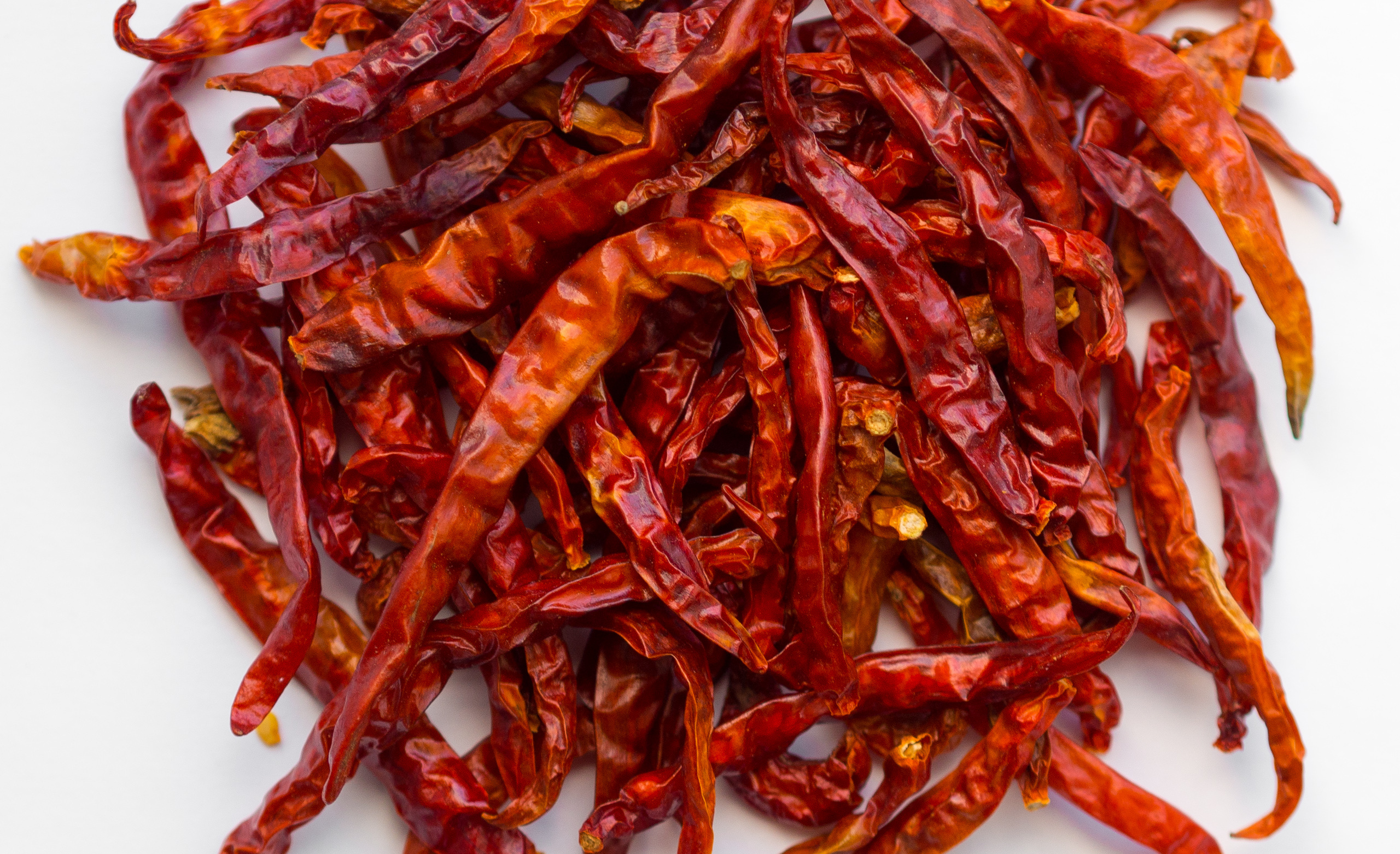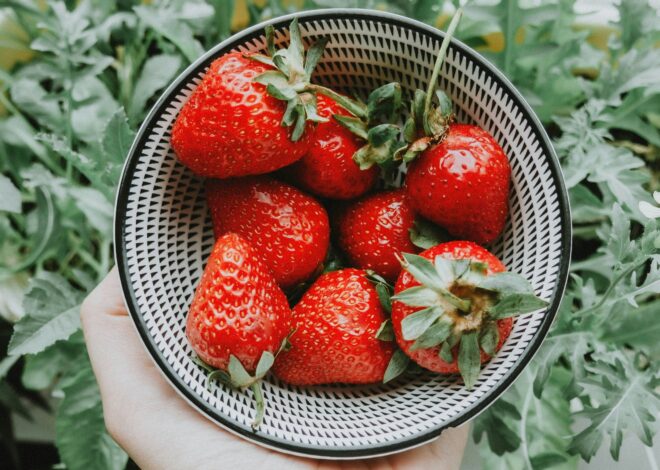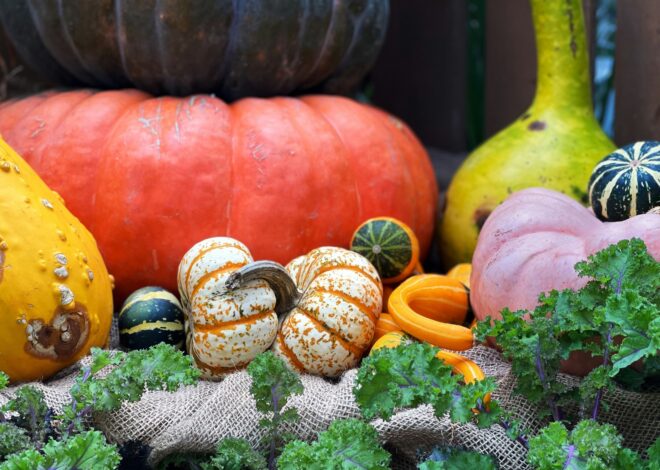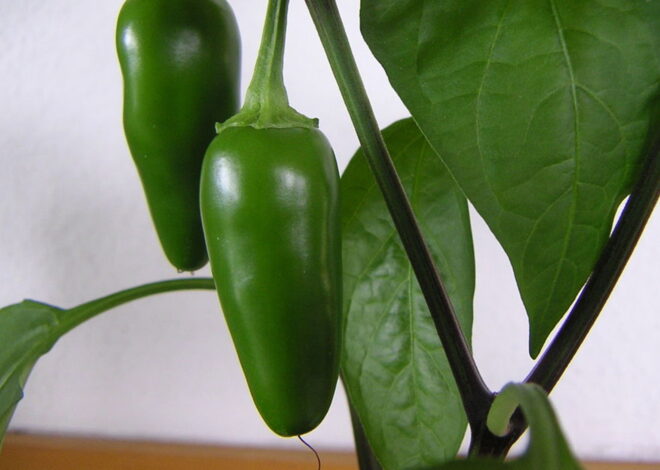
How To Grow Hot Peppers
Learning how to grow hot peppers can be an enjoyable experience if you know what you’re doing. Are you ready to spice up your garden and elevate your meals? Growing hot peppers can unleash a world of flavor right at your fingertips.
From the fiery jalapeños to the explosive ghost pepper, cultivating these vibrant plants not only adds zest to your dishes but also brings a sense of accomplishment as you nurture them from seed to harvest. Whether you’re seasoned in gardening or just starting out, the thrill of growing your own hot peppers is an adventure worth embarking on.
Let’s dive into how you can successfully grow these little firecrackers and enjoy their heat in every bite!
Benefits of Growing Hot Peppers
Growing hot peppers offers a wealth of benefits that extend beyond just spicing up your meals. First, they are packed with vitamins A and C, contributing to overall health and boosting the immune system. Additionally, cultivating these fiery vegetables can be incredibly rewarding.
Watching them grow from tiny seeds into vibrant plants gives a sense of accomplishment. The colorful varieties add visual interest to any garden or balcony. Hot peppers also thrive in smaller spaces, making them ideal for urban gardeners or those with limited outdoor areas.
They require minimal maintenance compared to some other crops. Moreover, growing your own hot peppers can save money on grocery bills. Instead of buying small quantities at the store, you have an endless supply right at home. Many people find joy in experimenting with different types of hot pepper recipes—salsas, sauces, or simply adding heat to dishes brings creativity into cooking routines.
Types of Hot Peppers to Grow
When it comes to growing hot peppers, the variety you choose can make all the difference. Each type boasts a unique flavor profile and heat level. Jalapeños are perhaps the most popular choice. They are versatile, perfect for salsas or stuffed dishes.
If you’re looking for something with more kick, consider serrano peppers. These pack a punch and work well in sauces and marinades. For an extreme heat experience, ghost peppers are legendary. Known as Bhut Jolokia, they add intense spiciness to any dish but require careful handling due to their fiery nature.
Habanero peppers offer fruity notes alongside their heat. They’re excellent in Caribbean cuisine or homemade hot sauces. Cayenne peppers provide both spice and a vibrant color to your garden. They’re often dried and ground into powder, adding flavor to countless recipes. Choosing wisely can elevate your culinary adventures significantly!
Choosing the Right Location and Soil for Growing Hot Peppers
Selecting the right location for your hot pepper plants is crucial. They thrive in warm, sunny spots that receive at least six hours of direct sunlight daily. A south-facing garden bed or a patio with plenty of light can work wonders. The type of soil you use also plays a significant role.
Hot peppers prefer well-draining soil rich in organic matter. Aim for a pH level between 6 and 7 to ensure optimal growth. Before planting, consider testing your soil’s nutrient levels. Amending it with compost or aged manure can boost fertility, providing your plants with the nutrients they need to flourish.
Spacing is essential too; overcrowded plants will compete for resources and may suffer from poor yields. By giving each plant enough room to grow, you enhance airflow and reduce disease risk as well.
Steps to Growing Hot Peppers:
Growing hot peppers can be a rewarding experience. Let’s get started!
– Planting the Seeds
Planting hot pepper seeds is an exciting step in your gardening journey. Begin by selecting high-quality seeds from reputable sources. This ensures you’re starting off right.
Prepare seed trays or small pots filled with a light, well-draining potting mix. Moisten the soil slightly before planting to create a welcoming environment for your seeds.
Sow the seeds about 1/4 inch deep and cover them lightly with soil. Water gently to avoid displacing them. Be mindful not to overwater, as soggy conditions can lead to rot.
Place your trays in a warm area that receives plenty of sunlight—ideally between 70-85°F (21-29°C). If natural light is limited, consider using grow lights for optimal growth during germination.
Keep the soil consistently moist but not drenched while waiting for those tiny seedlings to emerge. Patience is key; soon enough, you’ll see little green shoots breaking through!
– Providing Adequate Care
Once your hot pepper plants are in the ground, they need attentive care to thrive. Start with consistent watering. Aim for deep watering sessions about once a week, allowing the soil to dry slightly between waterings. This encourages strong root growth.
Next, consider fertilization. A balanced fertilizer high in potassium supports fruit development. Apply it every four to six weeks during the growing season.
Pest control is crucial as well. Watch for common pests like aphids and spider mites. If you spot them, use insecticidal soap or neem oil as a natural remedy.
Don’t forget about pruning! Trim away any dead or yellowing leaves to promote better airflow and sunlight exposure.
Temperature matters too; hot peppers thrive in warm conditions but can suffer from extreme heat or cold spells. Keep an eye on weather patterns and protect your plants if needed.
Harvesting and Storing Your Hot Peppers
Harvesting hot peppers is an exciting moment for any gardener. Timing is key; pick them when they’re firm and vibrant in color. The longer they stay on the plant, the hotter they become. Use sharp scissors or pruning shears to avoid damaging the plant.
Cut the peppers off with a small stem attached for easier handling later. It’s best to wear gloves while harvesting, as some varieties can leave a burning sensation on your skin. After gathering your bounty, proper storage ensures you enjoy their heat long after harvest. Fresh peppers can be stored in a cool place or refrigerated for up to two weeks.
For longer preservation, consider drying them out or freezing them. Dehydrating brings out unique flavors and extends shelf life significantly. Simply slice thinly and use a dehydrator or hang whole peppers in a well-ventilated area until crisp before sealing in airtight containers.
Troubleshooting Common Issues with Growing Hot Peppers
Growing hot peppers can be rewarding, but sometimes issues arise. Yellow leaves often signal overwatering or nutrient deficiencies. Check the soil moisture before watering again. If your plants are leggy, they might not be getting enough light. Move them to a sunnier spot or consider supplemental grow lights for indoor gardening.
Pests like aphids and spider mites can also wreak havoc on your pepper plants. Regularly inspect the undersides of leaves and treat any infestations promptly with insecticidal soap or neem oil. Blossom drop is another common problem that may stem from temperature fluctuations or inadequate pollination.
Ensure consistent temperatures and gently shake the plants to encourage pollinators if you’re growing indoors. Watch out for blossom end rot, which appears as dark spots at the base of ripe peppers. This usually indicates calcium deficiency—amend your soil accordingly!
Tips for Using and Preserving Your Hot Peppers
Hot peppers add zest to meals and offer health benefits. To make the most of your harvest, consider drying them. Hang strings of whole peppers in a cool, dark place with good airflow. For a quick flavor boost, chop fresh hot peppers and mix them into salsas or sauces.
Experiment by adding them to stews or marinades for an extra kick. If you want to preserve that vibrant heat longer, try pickling. Slice your peppers and immerse them in vinegar with spices for a tangy treat. Another fun idea is making hot pepper oil. Infuse olive oil with dried chili flakes for drizzling over pizzas or pasta dishes.
Remember, when handling spicy varieties, wash your hands thoroughly afterward to avoid irritation. Share excess produce with friends; they’ll appreciate it! Enjoy exploring these options as you savor the fruits of your labor.
Creative Ways to Use and Enjoy Your Homegrown Hot Peppers
Homegrown hot peppers can spice up your meals in countless ways. Try making a zesty salsa by dicing fresh peppers, tomatoes, onions, and cilantro. The heat level is entirely up to you. Consider infusing oils with your hot peppers for an extra kick in salad dressings or marinades.
Simply simmer the chopped peppers in olive oil and let it sit for a few days before using. For those who enjoy experimenting, create pepper jelly. This sweet-and-spicy spread pairs beautifully with cheese boards or grilled meats. Don’t forget about drying!
Dehydrated hot peppers can be ground into powder for seasoning or added directly to dishes for that intense flavor boost. Pickling is another delightful way to preserve them while adding tanginess. Your homegrown treasure will not only enhance your culinary creations but might also impress friends during gatherings.
Conclusion: Growing Hot Peppers
Growing hot peppers can be a rewarding experience for both novice and seasoned gardeners. The thrill of nurturing your plants from tiny seeds to vibrant, spicy fruits adds a unique flavor to gardening. The benefits are not just limited to the spicy kick they bring to dishes; cultivating these fiery veggies offers satisfaction, health perks, and even potential savings at the grocery store.
By selecting the right types of hot peppers that suit your palate and climate, preparing quality soil, and providing proper care throughout their growth cycle, you set yourself up for success. Once harvested, there are endless ways to enjoy them—whether fresh in recipes or preserved for later use.
Navigating any challenges along the way is part of the learning process. With patience and dedication, you’ll become more adept at growing hot peppers each season. Embrace this exciting journey into gardening with hot peppers. Your taste buds will thank you!



